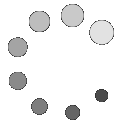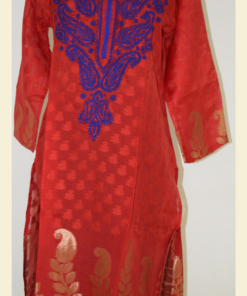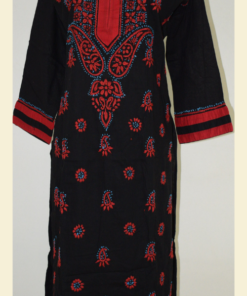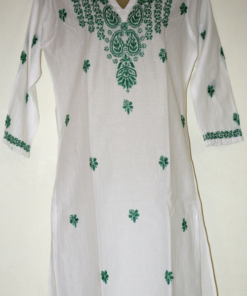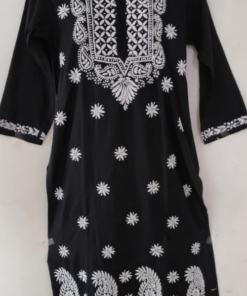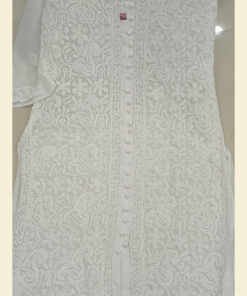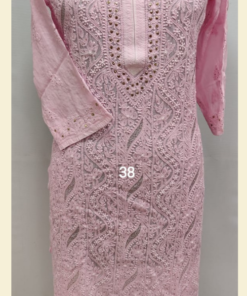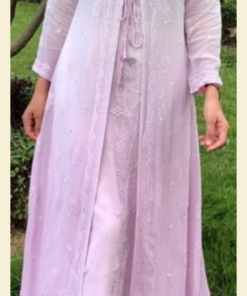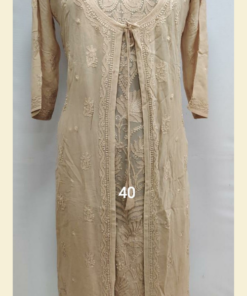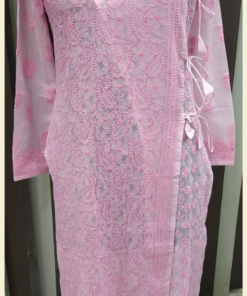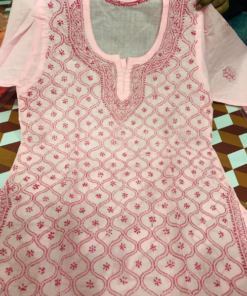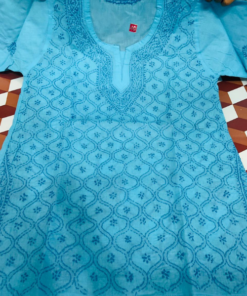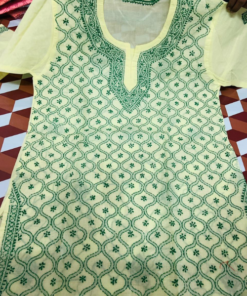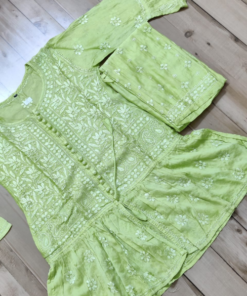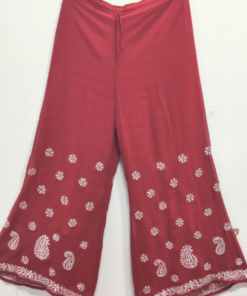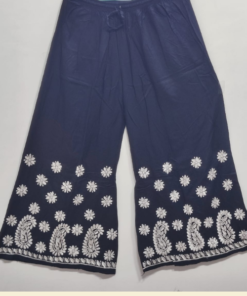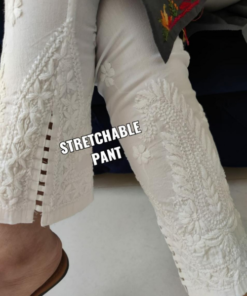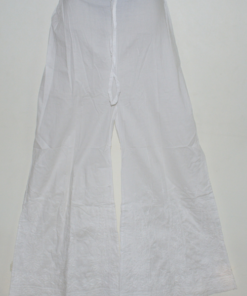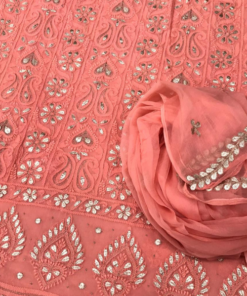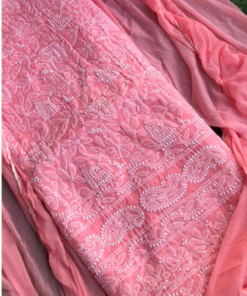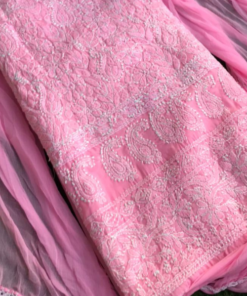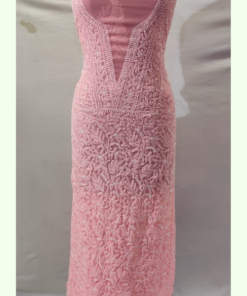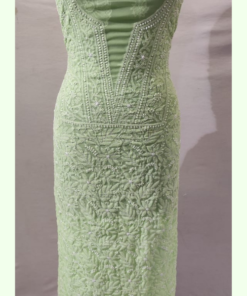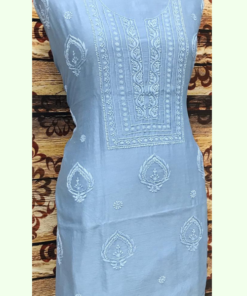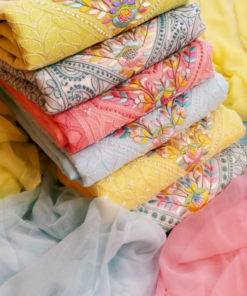Chikan Embroidery
Chikankari is a type of fine and detailed hand embroidery technique, which involves artful shadow-work.
This white-on-white (white yarn on white cloth) embroidery, supposedly originated in the city of Shiraz in Iran and was brought to India by Persian nobles in the Mughal Court. Another story credits Noor Jahan, wife of the Mughal emperor Jahangir, with making Chikankari popular in India. Currently, Lucknow in northern India is the fulcrum of almost all Chikankari activity.
Initially, Chikankari was done using white thread on fine muslins, which was called Tanzeb. However, these days, cotton, georgette, chiffon, net, organza, and other transparent and diaphanous fabrics, which highlight the embroidery, are also being used.
The designs and the results in this embroidery depend on the stitches used. The stitches employed in Chikankari can be classified into three types: Flat, Embossed, and Jali work. Flat stitches are fine and subtle and are close to the surface of the cloth, giving it a characteristic textural feel. The Embossed stitches are brought out from the fabric surface lending it a noticeably grainy appearance, while the Jali work, the most distinct feature of Chikankari, creates the effect of an intricately created net.
The needlework involved in Chikankari requires a lot of perseverance and painstaking effort. It is little wonder then that the final product is so stunning!
You can select and customise products from our product range in Chikankari embroidery, which includes Indian wear, western wear, home furnishings like cushion covers, pillow covers, table linen, bed spread, quilt and accessories like bags and so on.
